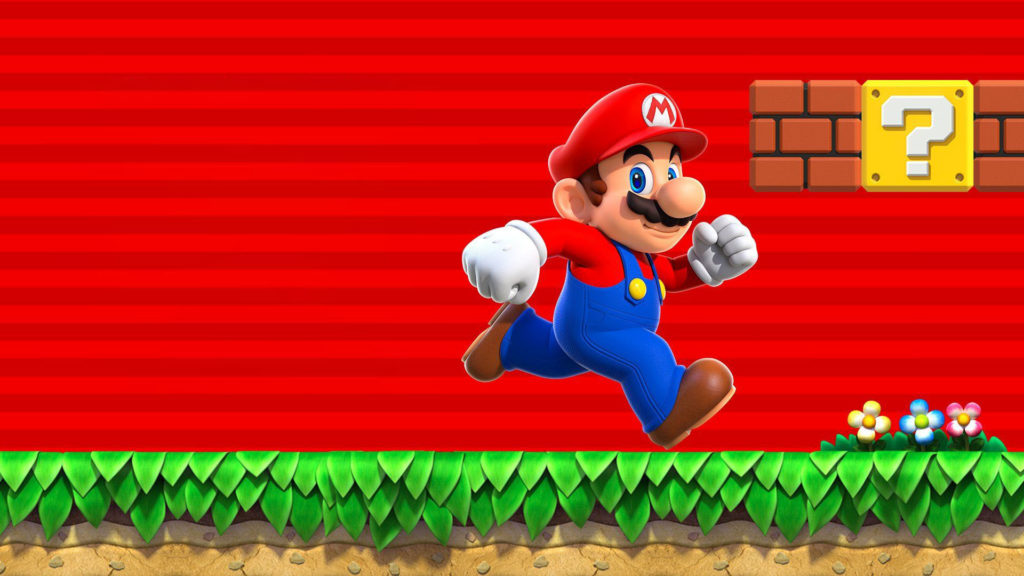Dear Readers,
After covering the video game industry for over a decade and being a contributing writer for [a]listdaily for almost a year, it is a privilege to officially become the senior games editor. In this role, I will continue to follow and report on entertainment marketing trends, particularly as they apply to video games and technology. As interactive entertainment continues to evolve and grow, I look forward to all the innovative campaigns and partnerships that will come in the future.
Steven Wong
Senior games editor, [a]listdaily
Few companies have been quite as resistant to jumping into mobile gaming as Nintendo. In the past, the company has often cited quality control issues regarding its highly recognizable game brands such as Super Mario, The Legend of Zelda, Donkey Kong and many others. It was clear that, according to Nintendo, quality could only be assured when a game was played on its hardware, whether it be a Wii U console or a portable 3DS handheld system.
However, these past few months have brought overwhelming evidence that fans are more than ready for Nintendo to make the big leap onto mobile devices. That includes the successful launch of Miitomo, Nintendo’s first official mobile game, designed as a social experience. But far more notable is the spectacular Pokémon GO phenomenon, which is based on a widely recognized property and boasts over 500 million downloads worldwide. SuperData Research characterized the game as having the most successful launch in mobile history, leading to skyrocketing sales of Pokémon 3DS games.
What makes the success of Pokémon GO even more impressive is the fact that it required very little marketing. Nielsen observed that there was exceptionally high awareness of the game, with about 52 percent of US gamers ready to download the game during its launch week. Nicole Pike, director of games at Nielsen, stated that: “We saw that even before it released—especially in the weeks prior to release—there was really high awareness for the game, not only in terms of a new game, but any game new or established.” Whether Pokémon GO’s success has more to do with the popularity of its brand or its novel use of augmented reality (AR) is up for discussion, but there is no question that the game has left a deep impression the mobile game market—and its popularity is expected to grow when its wireless accessory, Pokémon GO Plus, launches on Friday, September 16.
It’s almost here! Pokémon GO Plus will be available in much of the world on Sept. 16: https://t.co/ZekOacenkl pic.twitter.com/vzeVQH6Ekt
— Pokémon GO (@PokemonGoApp) September 8, 2016
The success of Nintendo’s mobile endeavors so far no doubt led to last week’s surprise—and long overdue—announcement that the company would be working with Apple to bring its most iconic character, Mario, to the iPhone with the game Super Mario Run, which launched in December. Although the game appears to lack the depth of a traditional Super Mario game—the character runs endlessly, players tap the screen to jump and hold down to go higher—it was designed for one-handed mobile play, which the legendary (and the world’s most beloved) game designer Shigeru Miyamoto demonstrated during the game’s announcement.
Miyamoto later stated in an interview that Pokémon GO proved that it was time to reach out to a much larger audience. There was once a time when Nintendo consoles were the first gaming systems kids engaged with, but that changed long ago. These days, children’s first gaming devices tend to be their parents’ smartphones. While the game has a free trial period, but it is a premium title that has a one-time purchase and no microtransactions as you would find with free-to-play games, which parents might find appealing.
Although Super Mario Run will eventually release on Android, it’s clear that Nintendo considers the brand recognition and install base of Apple’s iPhone as the ideal starting point, which is amusing in a way, considering how gaming was barely recognized as a major iPhone feature. However, Tim Cook made gaming a major point during last week’s Apple Event by stating that gaming is the most popular category on the App Store, with over 500,000 titles to choose from. So, two companies that were originally resistant to each other have finally decided that the two can greatly help each other. Topping it all off is the fact that Pokémon GO will also be coming to the Apple Watch.
The timing couldn’t be more perfect for the two companies to put aside their reservations, as Apple is launching both the iPhone 7 and Apple Watch Series 2 this week. Meanwhile, Nintendo is winding down its Wii U console in preparation of the NX’s launch in the spring while preparing to launch Pokémon Sun and Moon in November.
More to the point, prior reservations are helping to hype the upcoming games. Fans will be eager to check out Mario’s debut on Apple’s mobile platforms, perhaps with almost the same anticipation as Pokémon GO. That anticipation may be what Apple needs to boost sales of its new devices.
“It’s a really exciting moment when industry giants like Apple and Nintendo play nice together,” SuperData CEO Joost van Dreunen told [a]listdaily. “After initially saying they would never release their games on someone’s hardware (because of their emphasis on quality control), Nintendo changed its position slightly and instead argued it would do so to bring consumers to their own platforms. We’ve seen this with DeNA with a focus on the Japanese market, and now with Apple. Obviously, the recent excitement around Pokémon GO further accelerated this agenda, and having Mario featured during an Apple event suggests that Nintendo has become more accepting of other dominant market participants. Apple, on the other, has come to the realization over the last few years that content may, after all, be an important driver behind hardware adoption and revenue generation. They’ve featured deals with major music labels, video producers, and now also with game publishers.”

